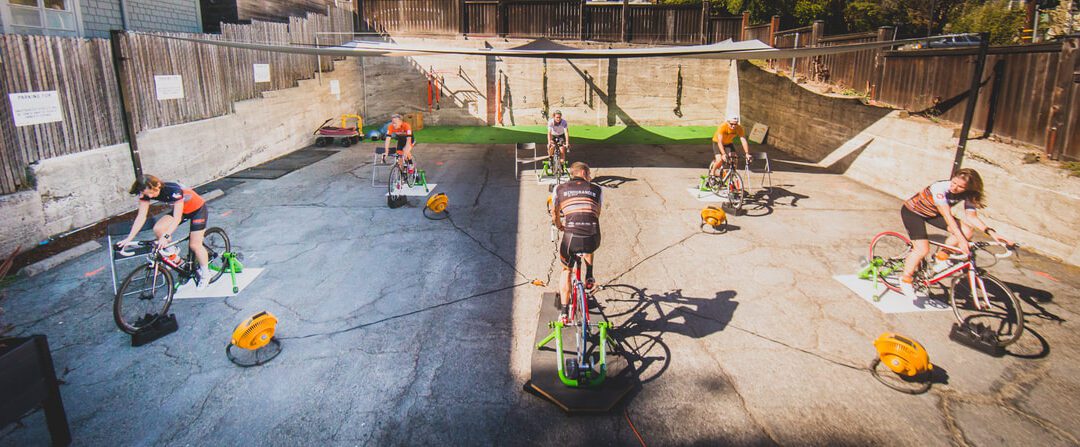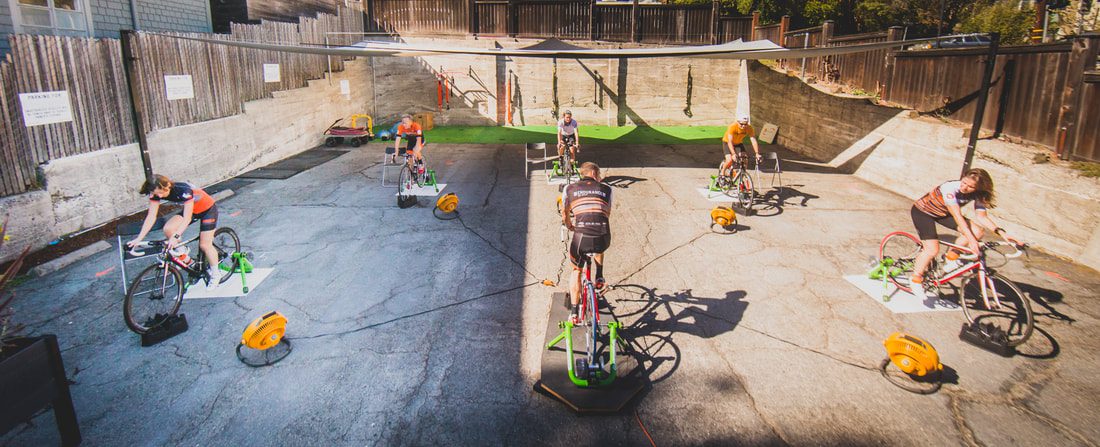To do so, Marin continued to show fewer daily cases, a reduction in the proportion of positive tests among those who are tested, and progress in addressing the county’s lowest-income communities factored. Marin’s high rate of testing combined with a measured approach to reopening has contributed to the orange status achievement, Marin County Health officials said in a statement.
“We’ve all made sacrifices to get in front of this pandemic in Marin,” Marin Public Health Officer Dr. Matt Willis said. “This progress is a sign of what we can do. But it is way too early to let up. Just last week, Marin reached 100 COVID-19 deaths. It’s important to rethink the traditions to gather during the holidays, especially as flu season arrives. Our collective actions over the next few weeks will decide if we can retain this level of reopening.”
As a result of the move into the orange tier, several business sectors are able to increase their indoor density, particularly retail, restaurants and fitness facilities. Here’s a breakdown of the improved conditions for businesses in the orange tier. The change with perhaps the biggest economic impact might be that offices can now open, with modifications. According to a Marketing Charts report, office workers spend $200/week on local purchases in the office neighborhood.
Mill Valley business owners said they were heartened by the continued progress after a summer of some backsliding through the reopening process, but they emphasized the need for continued diligence and a heightened awareness that increased indoor density only matters if consumer confidence rises.
Tim Fleming, managing partner and exercise physiologist at Endurance Performance Training Centers, has had a seemingly eternal wait to get to just 25 percent density. Fitness facilities have been one of the slowest moving sectors through the county and statewide COVID-19 reopening frameworks, and thus among hardest hit financially. In July, Fleming and his team laid the groundwork to open outdoor eCycling and personal training in approximately 4,000 square feet of parking lot across the street from Endurance on Madrona Street, and did just that on Aug, 15, the first day they were allowed to do so.
“We’ve been extremely grateful to have a flexible and supportive landlord who has allowed us to use the parking lot, and we’ve been able to lean on 16 years of goodwill in this community,” Fleming says.
Fleming says the move to be able to use 25 percent of Endurance’s 3,800 square feet indoors is great. “We can open up three of the six services we provide with confidence – it’s exciting. But we have plenty of clients who will continued taking remote classes – the real turning point will reveal itself with the arrival of a vaccine and client comfort,” Fleming adds.
Piazza D’Angelo co-owner Felicia Ferguson agrees. “We aren’t rushing to open at 50 percent density inside,” she says of the orange tier’s allowance for restaurants. “We’re focusing on making sure we are maximizing the frequency of fresh air flow through our space and we want to continue to take advantage of our outdoor space – that’s where our customers feel the most safe.”
Throughout the COVID-19 crisis, business owners like Ferguson and Fleming have been laser focused on innovating their way through turbulence. For Ferguson, it’s been working with the City of Mill Valley and the Mill Valley Chamber to transform spaces like Miller Avenue into an al fresco dining room for as long as possible. And for Fleming, it’s been breaking the mold on pricing structures and doing things remotely that he’d never thought possible, from remote physiological measurements and online classes to remote exercise testing and training plans.
“In a weird way, it was the necessary spark that we needed,” he said.



